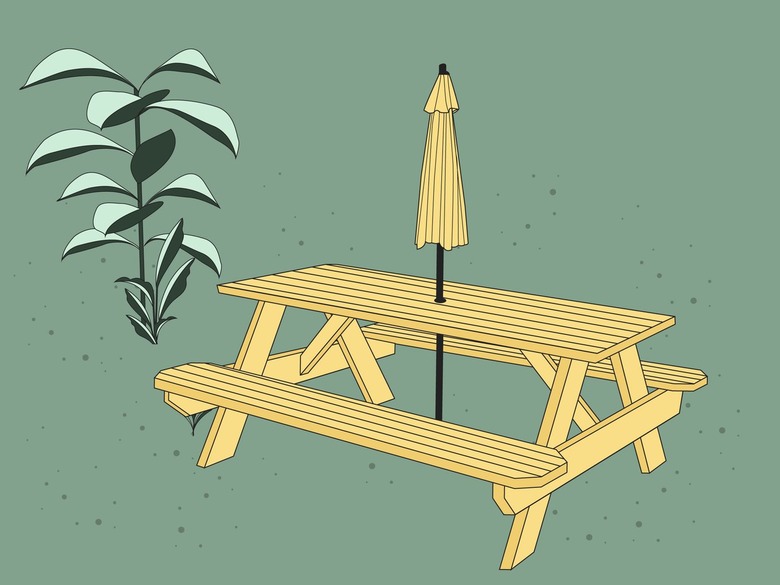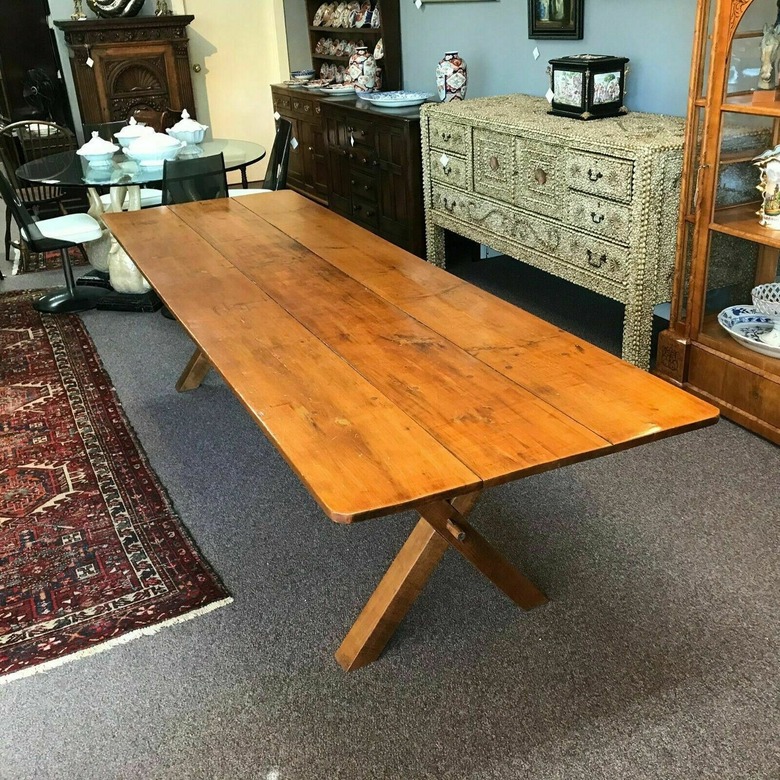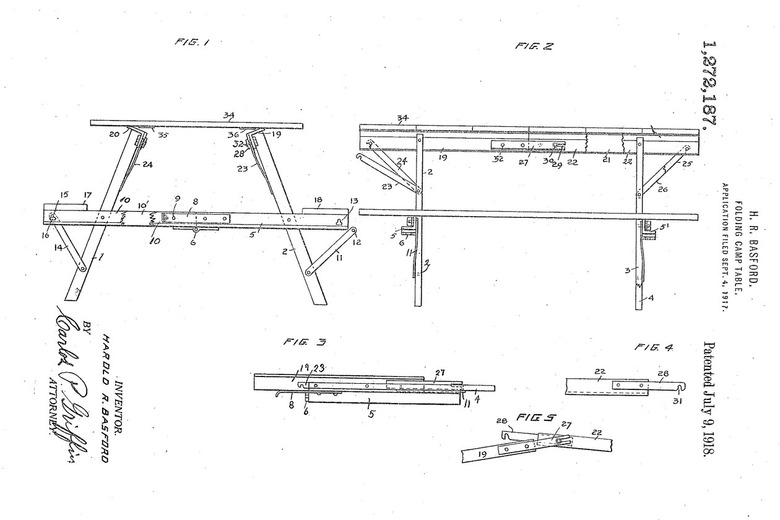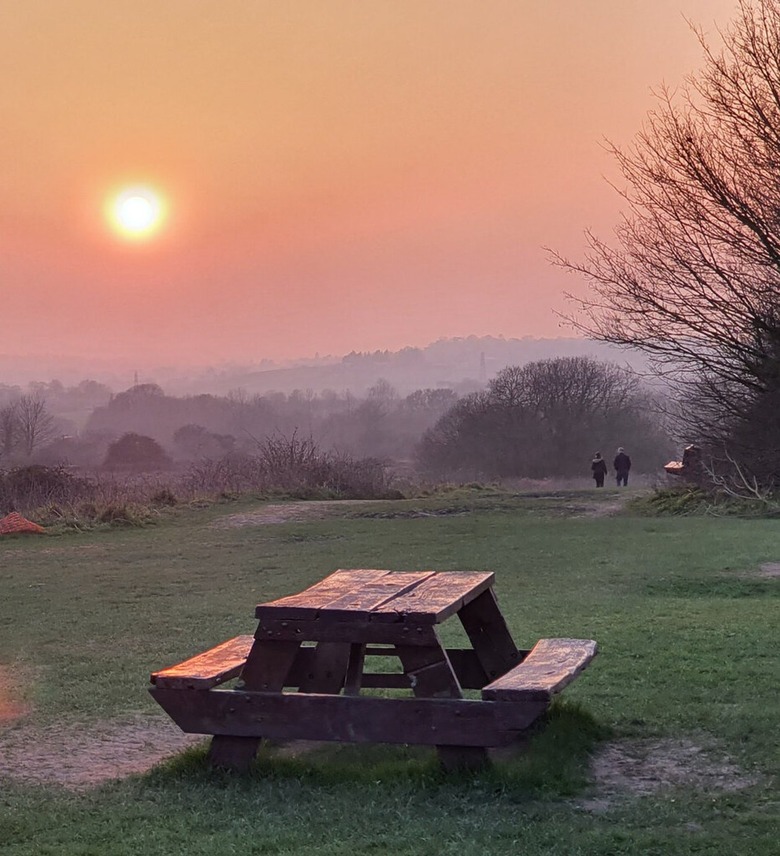You Can Thank The Victorians For The Picnic Table
In honor of July being National Picnic Month, we thought we'd take a trip back in time to figure out how this exterior fixture actually came into existence. Turns out, the seed for this iconic piece of outdoor furniture was planted during the Victorian era.
In an article for Places Journal, landscape architecture professor Martin Hogue writes that it all began with the Victorians' love of picnicking out in nature. In fact, the organization English Heritage writes, "Once reserved for wealthy landowners to enjoy on their estates, the Victorians revolutionized the phenomenon of outdoor dining, bringing the picnic to the masses and paving the way for every family to enjoy taking their meals outside." In all aspects of their lives, the Victorians truly showed an appreciation for the natural world.
Who invented the picnic table?
Who invented the picnic table?
As outdoor dining increased in popularity, picnic groves — designated natural zones in urban areas, typically furnished with tables and benches — became all the rage during the late 19th century. At the time, benches and tables in these groves were separate structures, and they weren't combined into one until Charles H. Nielsen filed a 1903 patent for a table that equipped with seating.
"My invention is an improvement in tables, the main object being to provide a table capable of being cheaply made, which is portable and equipped with seats, preferably on both sides, and which can be folded up into a collapsed table for transportation purposes or for storage and unfolded and set up quickly when required for use without the use of tools or appliances other than those of the table itself," wrote Nielsen in the patent, specifying that this version of the picnic table is collapsible.
Who updated the picnic table?
Who updated the picnic table?
Though Nielsen's idea for a portable table is handy, it was his picnic table frame design that lasted the test of time. Taking inspiration from the 18th-century sawbuck table, Nielsen's table featured X-shaped legs to support the actual table part of the piece. As for the seating, to ensure that it remained balanced and stabilized on both sides of the table, Nielsen added vertical support posts. In total, this made for eight points of contact with the ground.
Though Nielsen's version of the picnic table was structurally sound, it was a bit clunky. That's why Harold R. Basford did away with the vertical posts in his 1917 patent for a new kind of picnic table with only four points of ground contact. Instead of relying on separate posts, Basford's benches connect to the actual picnic table via diagonal supports — in modern times, these are typically horizontal — that allow for a balance of weight. Similar to Nielsen's design, Basford also made sure that the table could be collapsed for transportation purposes.
When did picnic tables become anchored to the ground?
When did picnic tables become anchored to the ground?
Of course, we all know that the idea for a portable picnic table didn't last because most picnic tables are now fixed in one spot. Plant pathologist and National Park Service consultant Emilio Meinecke had a significant impact on this decision. Because he was worried about the destruction of camping grounds, Meinecke proposed that only anchored picnic tables be used to prevent people from destroying natural landscapes in an effort to set up their own individual tables. According to the National Park Service, Meiecke actually popularized the term "roofless cabins" for campsites with fixed amenities such as the table, fire pit, tent site, and parking area.
Nowadays, picnic tables are made using all different materials and table-seat arrangements, but when it comes to their signature design, we have Nielsen to thank. He truly understood the value of bringing the best parts of the indoors and outdoors together.




